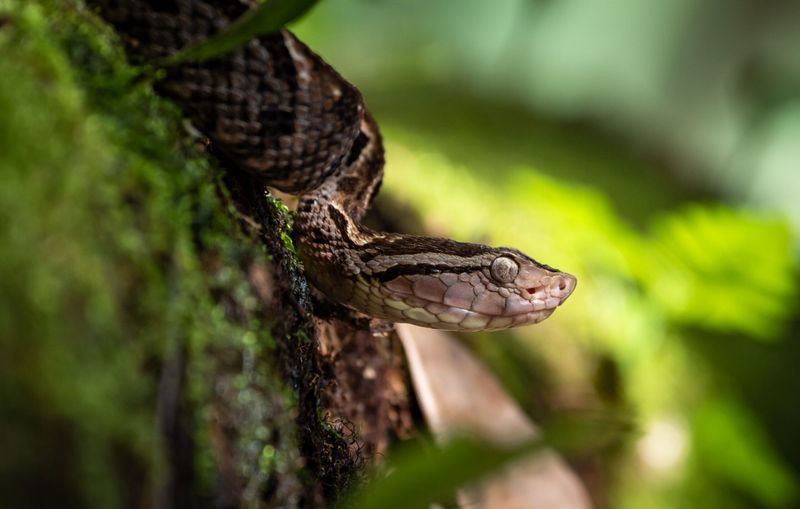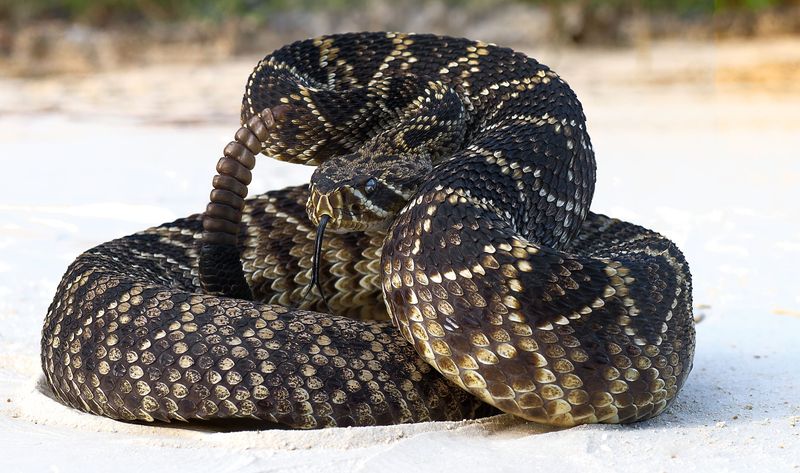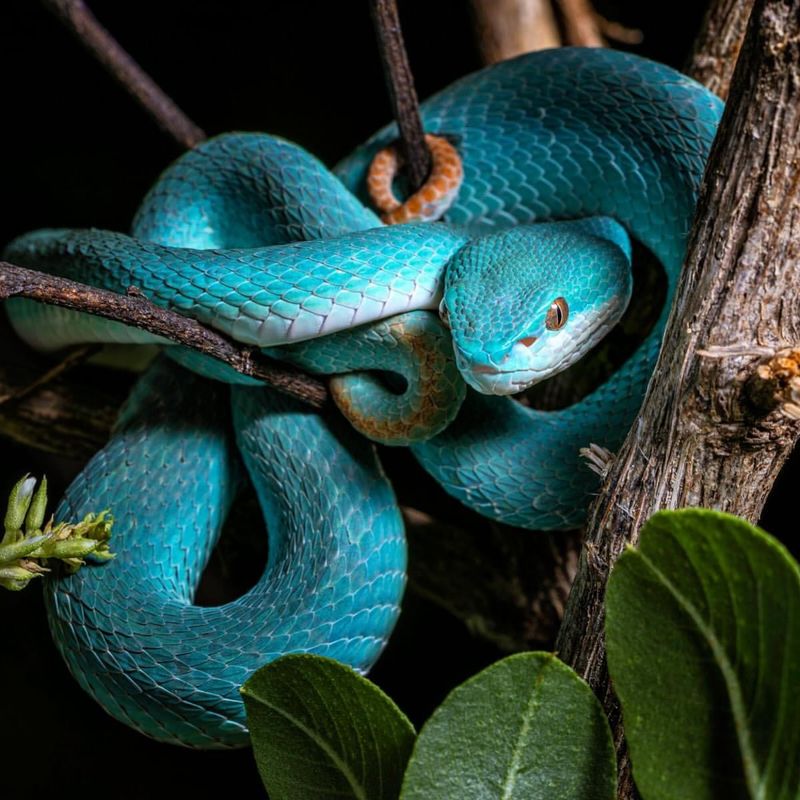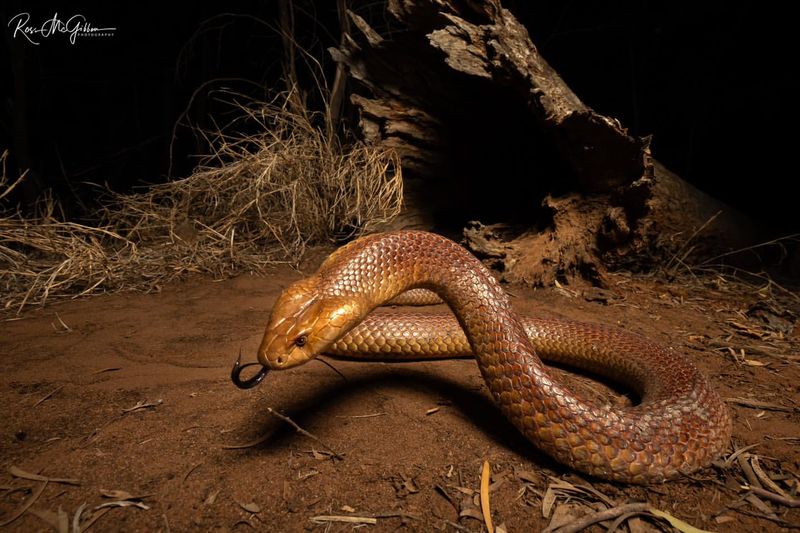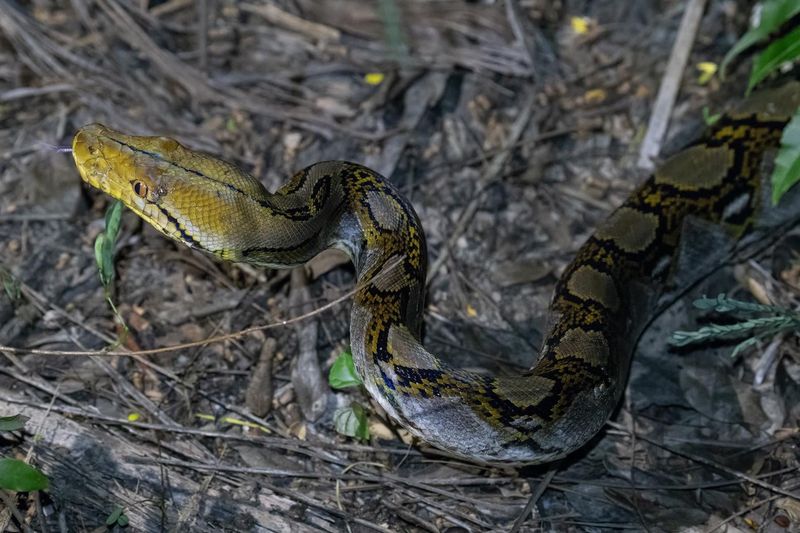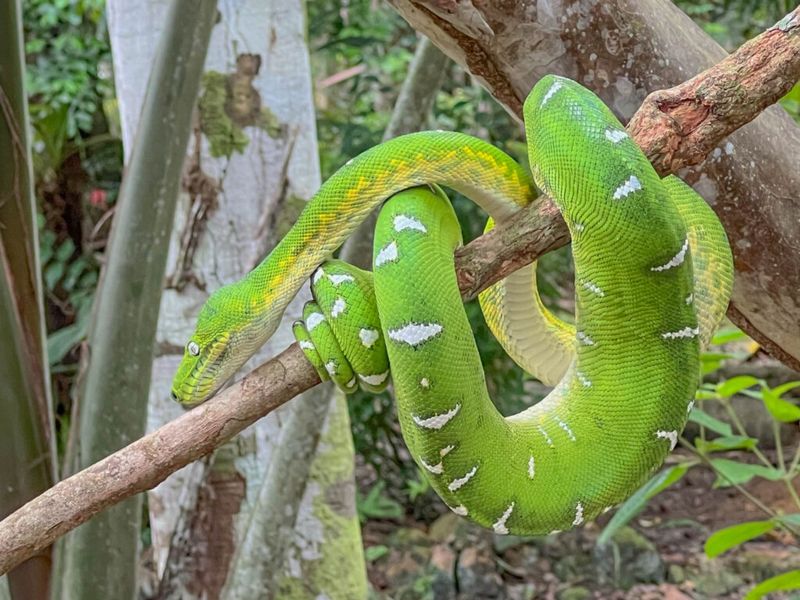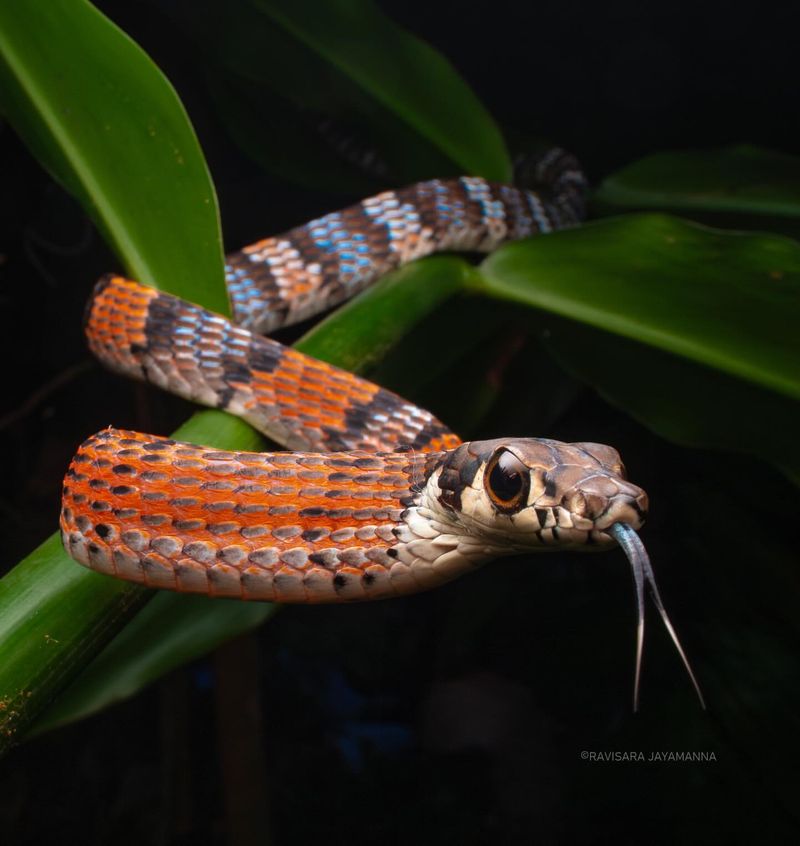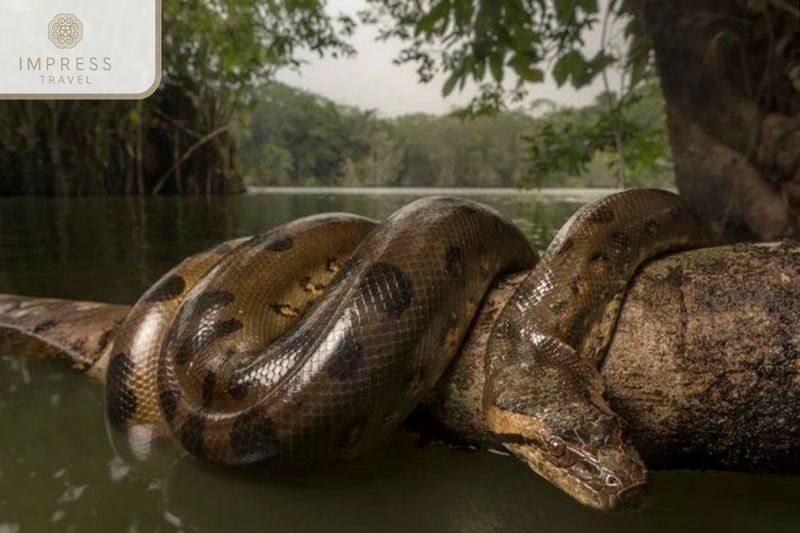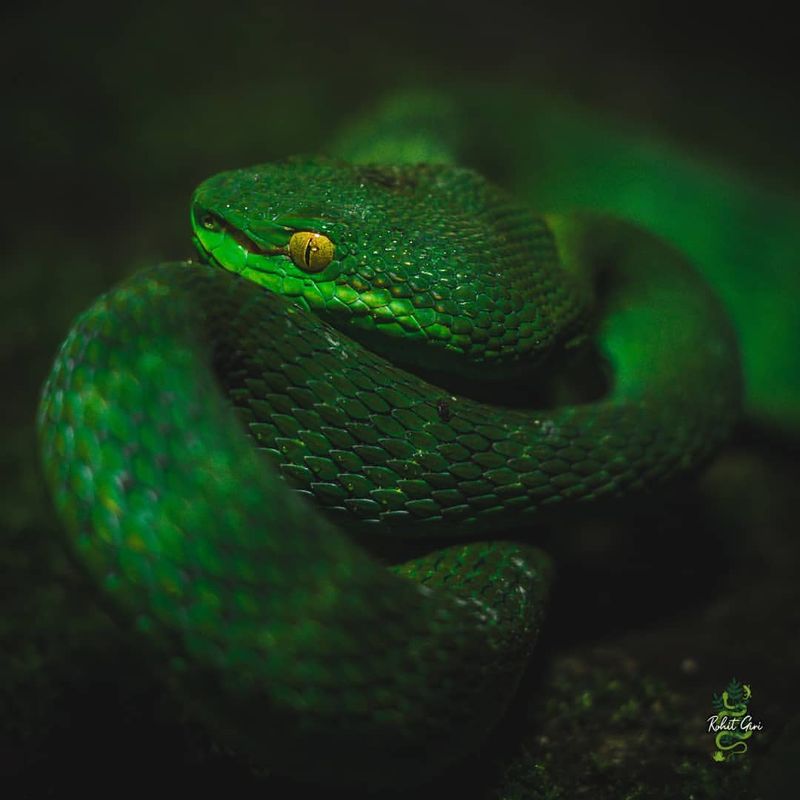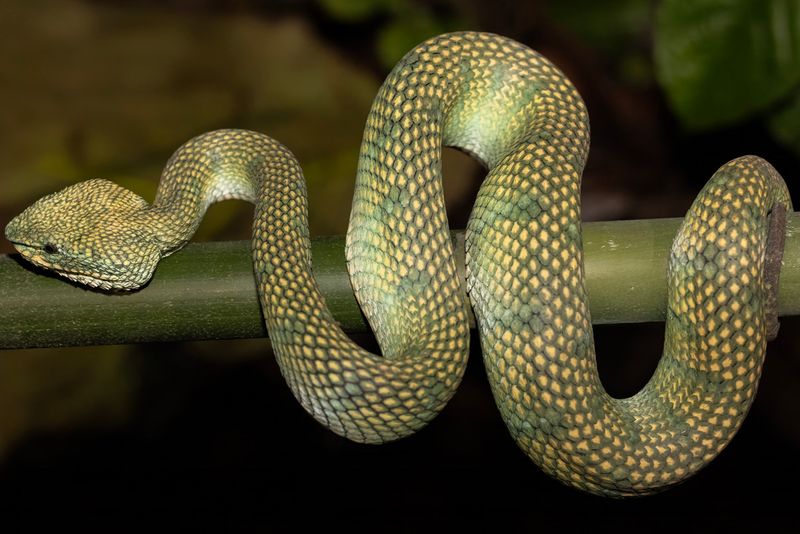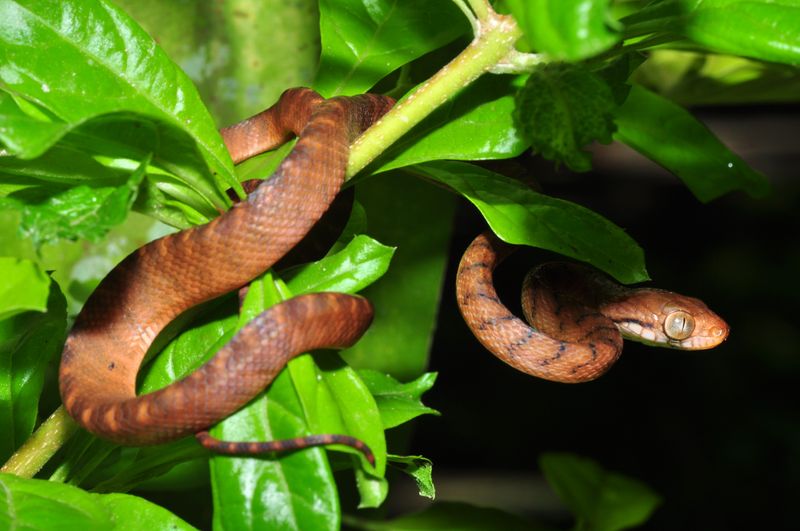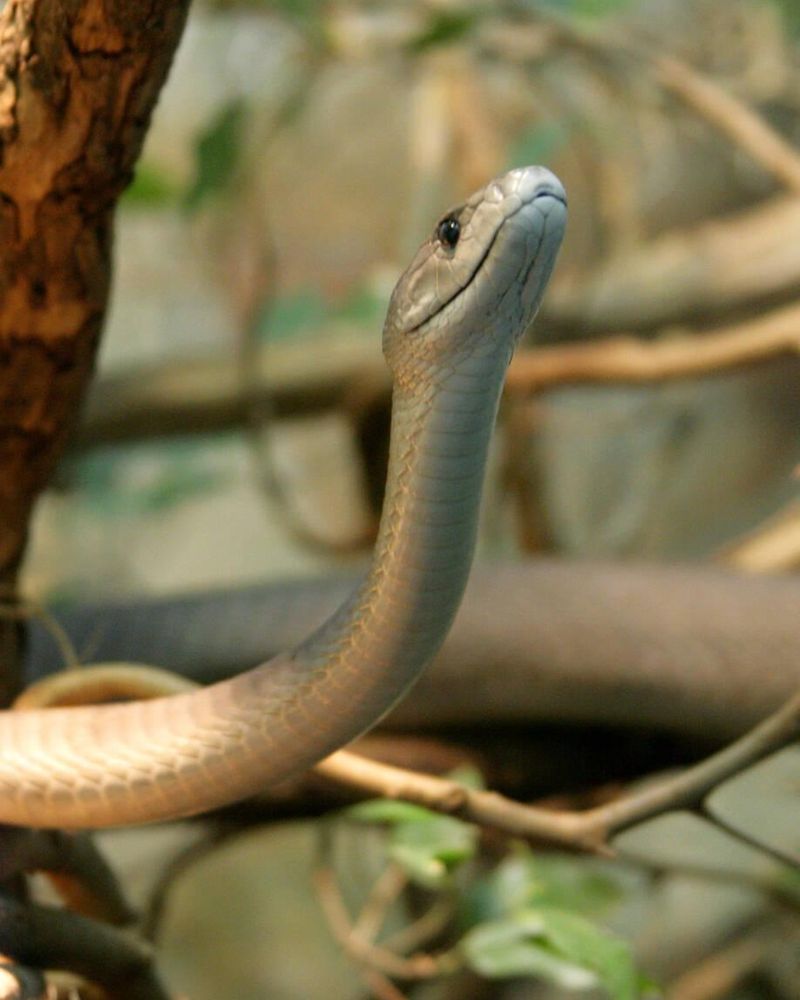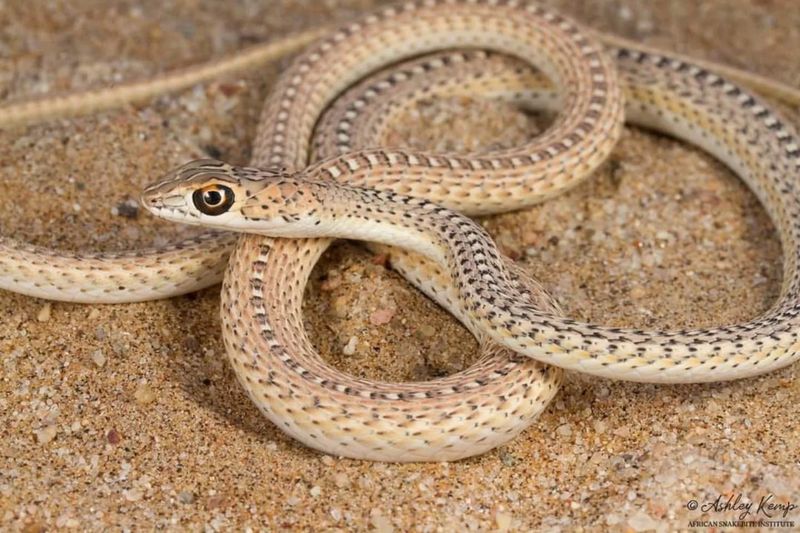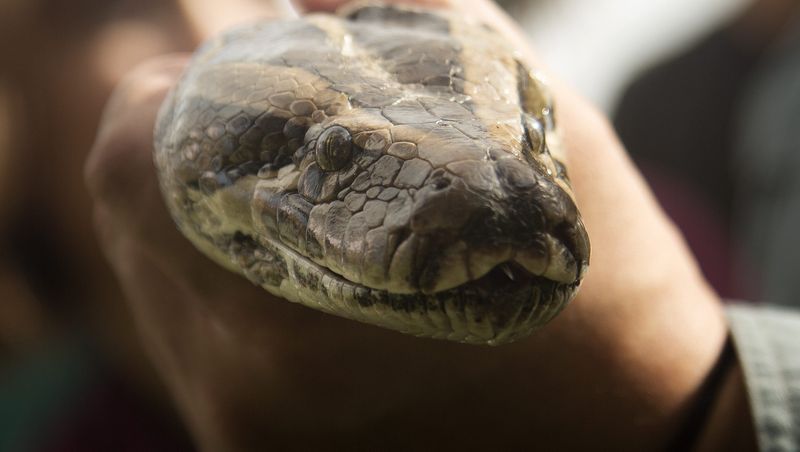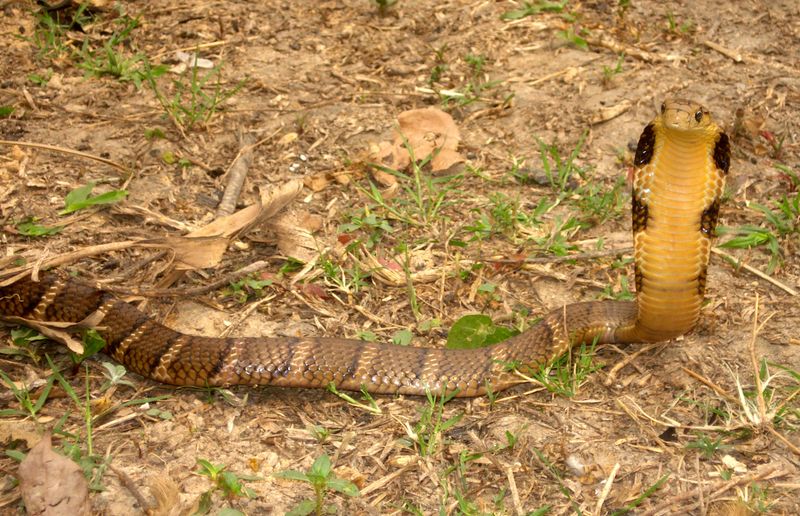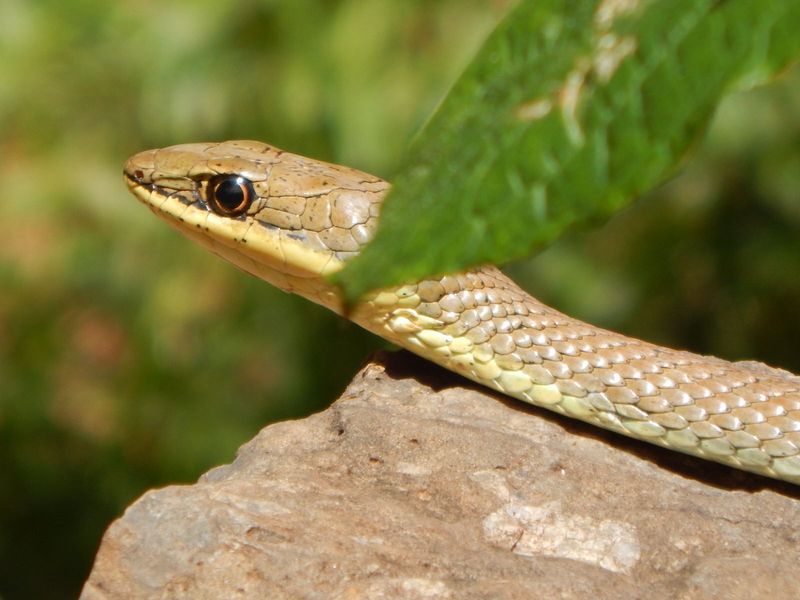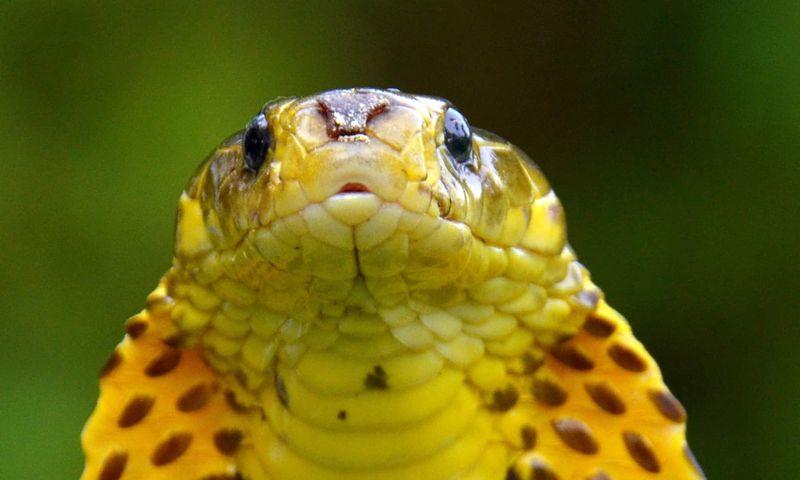17 Most Dangerous Snake-Infested Hotspots Around The World
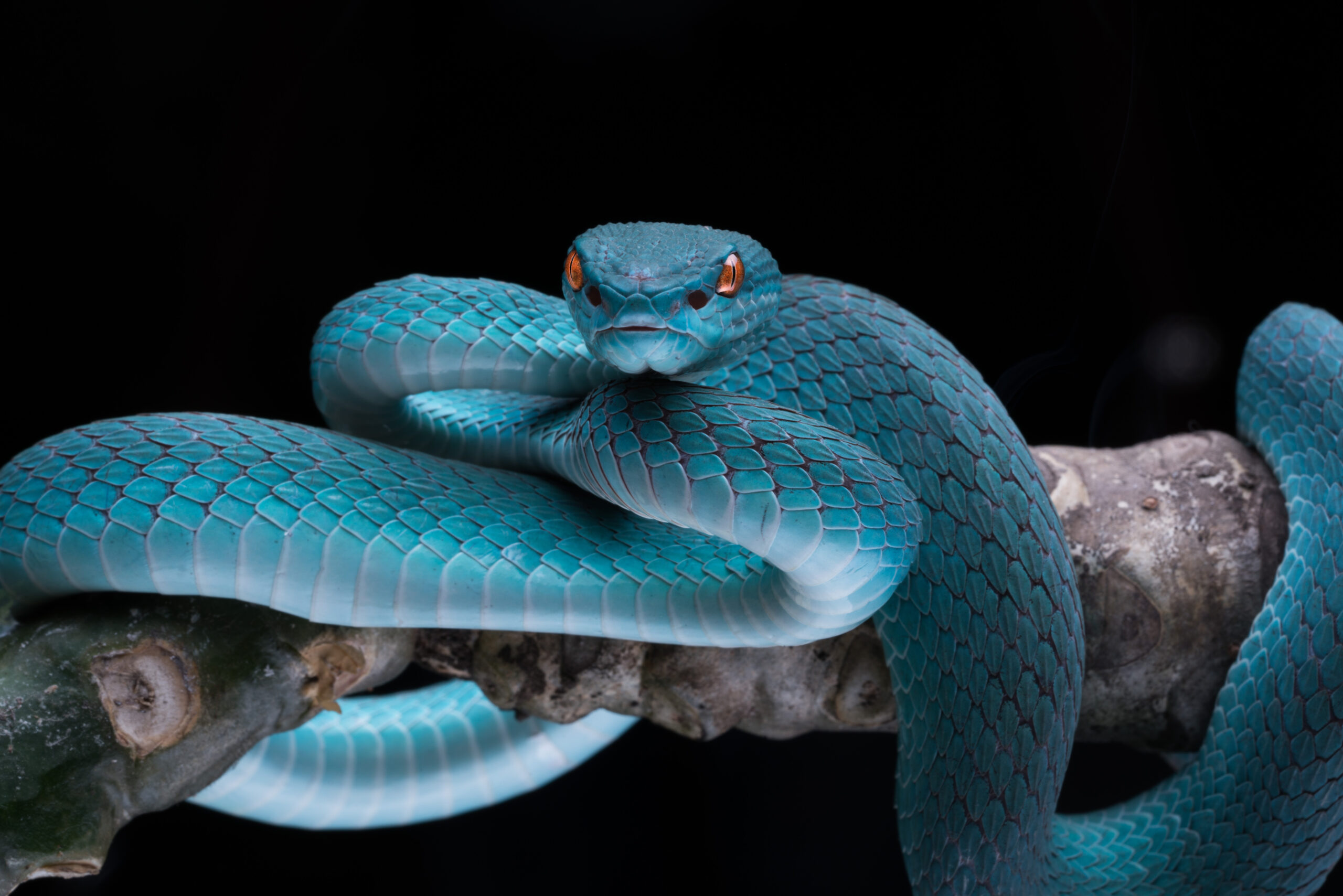
Snakes slither into our lives in the most unexpected of places, and some locations around the world are particularly prone to these enigmatic serpents. This list explores such spots where snakes are not just common but are indeed part of the landscape.
For the brave-hearted travelers and cautious adventurers alike, knowing these hotspots can be as thrilling as it is useful. Prepare to be amazed, a little frightened, and thoroughly entertained as we journey through some of the most snake-infested areas across the globe.
1. Ilha da Queimada Grande, Brazil
Ilha da Queimada Grande, often referred to as Snake Island, is a notorious spot off the coast of Brazil. Known for its dense population of the golden lancehead viper, visiting this island is not for the faint-hearted. With an estimated 2,000 to 4,000 snakes residing here, the island is a slithering paradise for herpetologists.
The golden lancehead viper is a fascinating species, primarily due to its exclusivity to this island. Unfortunately, this means that a casual stroll could lead to an unexpected snake encounter at every turn. The island’s name itself is enough to keep most visitors away, but for those who dare, this destination is as thrilling as a snake’s hiss.
Accessibility is restricted for safety reasons, but researchers with a penchant for danger are sometimes granted access. If you’re considering a visit, remember that the only thing hotter than the Brazilian sun is the viper’s venom.
2. Everglades National Park, USA
The Everglades National Park in Florida, USA, is a sprawling wetland often associated with alligators, but it’s also a hotspot for snakes. The introduction of the Burmese python has dramatically increased the snake population, posing a threat to the park’s ecological balance.
These invasive pythons have thrived in the Everglades, growing to substantial sizes and multiplying rapidly. Their presence has led to significant efforts to control their numbers, including organized python hunts with cash rewards for captured snakes.
Exploring the Everglades offers a chance to see these giant snakes in their natural habitat, albeit with caution. The park’s lush scenery and unique ecosystem provide a serene backdrop to the underlying tension of spotting a python.
For adventurers and nature enthusiasts, this is a place where the thrill of discovery meets the stark reality of invasive species.
3. Komodo Island, Indonesia
Komodo Island, famous for its dragons, is also home to a significant snake population. While the Komodo dragon reigns supreme, snakes like the reticulated python and Russell’s viper lurk in the shadows, adding to the island’s wild allure.
The island’s rugged terrain and dense jungles are perfect habitats for these snakes. Visitors often find themselves entranced by the natural beauty, only to be reminded of the lurking serpents by a rustle in the underbrush or a glimpse of scales.
For those with an adventurous spirit, trekking through Komodo offers an exhilarating encounter with these reptiles. The island’s biodiversity is a testament to nature’s balance, where each creature, no matter how fearsome, plays a role in the ecosystem. Just watch your step; the snakes might be closer than you think.
4. Outback, Australia
The Australian Outback is synonymous with vast wilderness and rugged terrain, but it also harbors some of the world’s deadliest snakes. Among them, the inland taipan, known as the world’s most venomous snake, slithers through this expansive desert.
The arid conditions of the Outback are challenging, but these snakes have adapted remarkably well. They are rarely seen by casual travelers, but their presence is felt, adding a thrilling edge to any outback adventure.
For those exploring this iconic landscape, the chance of encountering a taipan is both daunting and exciting. Adventurers should tread carefully, respecting these adept hunters that blend seamlessly with their surroundings.
With the wide-open spaces and the thrill of the unknown, the Outback promises a true taste of Australia, venomous snakes and all.
5. Bangkok, Thailand
Bangkok, Thailand, is a city where ancient traditions meet modern life, and snakes are part of the culture. The bustling streets are home to various snake shows where performers demonstrate their skill with these reptiles, often featuring the majestic king cobra.
These shows are a popular attraction, drawing crowds eager to witness the dance between man and serpent. While the venomous bites are real, the handlers’ expertise ensures a safe and thrilling experience for spectators.
Beyond the shows, Bangkok’s proximity to snake-rich jungles means that encounters with these creatures are not uncommon.
For visitors, it’s a reminder of the delicate balance between urban life and the untamed wild. Whether you’re a thrill-seeker or a curious observer, Bangkok offers a unique peek into the world of snakes, right in the heart of the city.
6. Amazon Rainforest, South America
The Amazon Rainforest is not just a haven for biodiversity; it’s a snake paradise. Among its vast array of reptiles, the green anaconda stands out, lurking in the river waters and waiting for unsuspecting prey.
These colossal snakes are the largest in the world by weight, and their presence is as awe-inspiring as it is intimidating. While they prefer solitude, sightings are not uncommon, especially during a river cruise through the heart of the jungle.
Navigating the Amazon offers a chance to encounter these magnificent creatures in their natural habitat. The dense foliage and vibrant wildlife create an atmosphere of adventure, where every rustle could be the sound of an anaconda. For those venturing into this verdant wilderness, the snakes are a reminder of nature’s raw and untamed beauty.
7. Sri Lanka’s Rainforests
Sri Lanka’s rainforests are a haven for wildlife enthusiasts, offering a rich tapestry of biodiversity, including numerous snake species. The venomous pit viper is one such resident, often spotted in the lush undergrowth or coiled lazily on a branch.
These rainforests provide a perfect habitat for snakes, with ample prey and a warm, humid environment. Exploring these jungles is a sensory delight, where the sounds of exotic birds mix with the rustling leaves, possibly signaling a snake’s presence.
Visitors to Sri Lanka’s rainforests are advised to keep their eyes peeled and appreciate these reptiles from a respectful distance.
The snakes, like the island itself, are beautiful and mysterious, adding a layer of intrigue to any jungle expedition. With nature at its most lush and vibrant, Sri Lanka’s rainforests offer an experience as rich as the soil itself.
8. Vietnam’s Mekong Delta
Vietnam’s Mekong Delta is a bustling region of waterways, floating markets, and cultural vibrancy, also teeming with snakes. The cobra is a common sight here, adding a touch of danger to the otherwise serene landscape.
The delta’s rich ecosystem supports a variety of snake species, making it a hotspot for those interested in these reptiles. The interplay between the vibrant human activity and the lurking snakes creates a unique dynamic that attracts adventurers and wildlife enthusiasts alike.
Visitors cruising through the delta may find themselves sharing the water with these slithering inhabitants. It’s a reminder of the delicate balance between the natural world and human life.
For those with a taste for adventure, the Mekong Delta offers a captivating blend of culture, commerce, and the ever-present possibility of a snake sighting.
9. Nepal’s Terai Region
Nestled between the rugged peaks of the Himalayas and the lush jungles, Nepal’s Terai Region is home to an impressive array of snake species. Among them, the king cobra stands out, its regal presence commanding respect and awe.
The Terai’s diverse landscapes provide an ideal environment for these snakes, with ample cover and abundant prey. Explorers in this region may find themselves unexpectedly face-to-face with these serpents, adding an element of surprise to their journey.
For those venturing into Nepal’s Terai, the encounter with a king cobra is both exhilarating and humbling. This region, where cultures and ecosystems intertwine, offers a glimpse into the intricate web of life.
With its majestic landscapes and diverse wildlife, the Terai Region is a must-visit for those seeking adventure and discovery amid nature’s splendor.
10. Borneo’s Rainforests, Malaysia and Indonesia
Borneo’s rainforests, spanning Malaysia and Indonesia, are a treasure trove of biodiversity, including a remarkable variety of snake species. The reticulated python, one of the world’s longest snakes, is a prominent resident of these lush jungles.
These forests offer a rich environment for snakes, with dense foliage providing both habitat and hunting grounds. Exploring Borneo’s rainforests is a journey into the heart of the wild, where the presence of snakes adds an edge of excitement.
For those with a passion for wildlife, Borneo is an ideal destination. The rich tapestry of life here is complemented by the allure of its serpentine inhabitants. As you navigate through the thick underbrush, the chance of spotting a python is both thrilling and awe-inspiring, making Borneo a snake-lover’s paradise.
11. New Guinea’s Forests
New Guinea’s forests are famed for their rich biodiversity, including a plethora of snake species. The tree python is particularly notable, often seen coiled high in the trees, blending seamlessly with the lush green canopy.
These forests are a haven for nature lovers and adventurers alike, offering a chance to encounter these elusive reptiles in their natural habitat. The dense foliage and untouched wilderness create a setting where every visit feels like a new discovery.
For those venturing into New Guinea’s forests, the experience is both enchanting and thrilling. The tree pythons, with their striking patterns and impressive size, are a highlight for any wildlife enthusiast. Amidst the misty trees and vibrant ecosystem, the presence of snakes adds a layer of intrigue to the natural beauty of New Guinea.
12. Zambia’s Zambezi River
The Zambezi River in Zambia is not just famous for its breathtaking views and Victoria Falls; it’s also a place where snakes, particularly the black mamba, thrive. Known for its speed and potent venom, the black mamba is a legendary resident of this region.
The river’s ecosystem supports a diverse array of wildlife, including these elusive snakes. For adventurers exploring the Zambezi, the possibility of encountering a black mamba adds a sense of thrill and respect for the local fauna.
Visitors to the Zambezi are treated to stunning landscapes, where the river’s power is matched only by the stealth of its serpentine inhabitants. While the beauty of the river is undeniable, the presence of snakes like the black mamba serves as a reminder of nature’s balance, where danger and wonder coexist seamlessly.
13. Savanna of Namibia
Namibia’s savanna is a sweeping expanse of golden grass and rugged beauty, where the horned adder blends seamlessly with the landscape. This small but venomous snake is a master of disguise, making it a fascinating resident of the savanna.
The harsh conditions of the Namibian desert have shaped the creatures that live here, and the horned adder is no exception. Its ability to remain unseen until the last moment adds an air of mystery to any safari adventure.
For those exploring Namibia’s vast savanna, the encounter with a horned adder is both surprising and thrilling.
The snake’s unique appearance and behavior offer a glimpse into the adaptability of nature’s creations. Amidst the open skies and endless horizons, the horned adder adds a touch of the unexpected to the wild beauty of Namibia.
14. Florida’s Python Problem, USA
Florida’s ongoing battle with invasive Burmese pythons has transformed parts of the Everglades into a snake-infested zone. These non-native reptiles have established a thriving population, posing a significant challenge to the local ecosystem.
The introduction of Burmese pythons in Florida is a cautionary tale of unintended consequences. These formidable hunters have disrupted the balance, preying on native wildlife and multiplying at an alarming rate.
Visitors to the Everglades may find themselves amid efforts to control this invasive species, including organized hunts. It’s a unique situation where human intervention is necessary to protect the delicate ecosystem.
For wildlife enthusiasts, the presence of these pythons adds a complex layer to the natural beauty of Florida’s wetlands, offering insights into the challenges of conservation.
15. Sundarbans, India and Bangladesh
The Sundarbans, straddling India and Bangladesh, is a mystical land of mangroves and home to the elusive Bengal tiger. But snakes, particularly the venomous krait, also inhabit these dense forests, adding to the region’s allure and danger.
Navigating the Sundarbans requires both courage and respect for its inhabitants. The krait, with its potent venom, is a master of stealth, often going unnoticed until it’s too late. This adds an element of suspense to any exploration of the mangroves.
For those venturing into the Sundarbans, the experience is both enchanting and nerve-wracking. The interplay between the majestic tigers and the silent snakes creates an ecosystem rich in complexity and beauty. It’s a place where nature’s power and mystery are on full display, captivating the hearts of all who visit.
16. Snake Park, Kenya
Kenya’s Snake Park offers a controlled yet thrilling encounter with some of Africa’s most fascinating snakes. From the black-necked spitting cobra to the puff adder, the park provides a safe space to observe these reptiles up close.
Located in Nairobi, the Snake Park is a popular destination for both locals and tourists seeking to learn about snakes. The park’s enclosures mimic the natural habitats, offering a glimpse into the lives of these elusive creatures.
For visitors, the Snake Park is an educational and exciting experience.
The chance to see snakes without the risk of a wild encounter makes it an ideal spot for families and curious travelers. As you wander through the park, the diverse array of snakes offers a unique insight into Africa’s rich reptilian heritage, making it a must-visit for anyone intrigued by the natural world.
17. The Philippines’ Luzon Island
Luzon Island in the Philippines is a paradise of natural beauty and biodiversity, home to the elusive Philippine cobra. Known for its potent venom, this snake is a formidable resident of the island’s dense forests.
The lush environment of Luzon provides an ideal habitat for the Philippine cobra, with abundant prey and secluded spots for hiding. For those exploring the island, the presence of this snake adds a thrilling edge to the adventure.
Visitors to Luzon are often captivated by its scenic landscapes and vibrant wildlife.
The encounter with a Philippine cobra, while daunting, offers a unique perspective on the island’s rich natural heritage. It’s a reminder of the delicate balance between beauty and danger that defines this tropical paradise.

